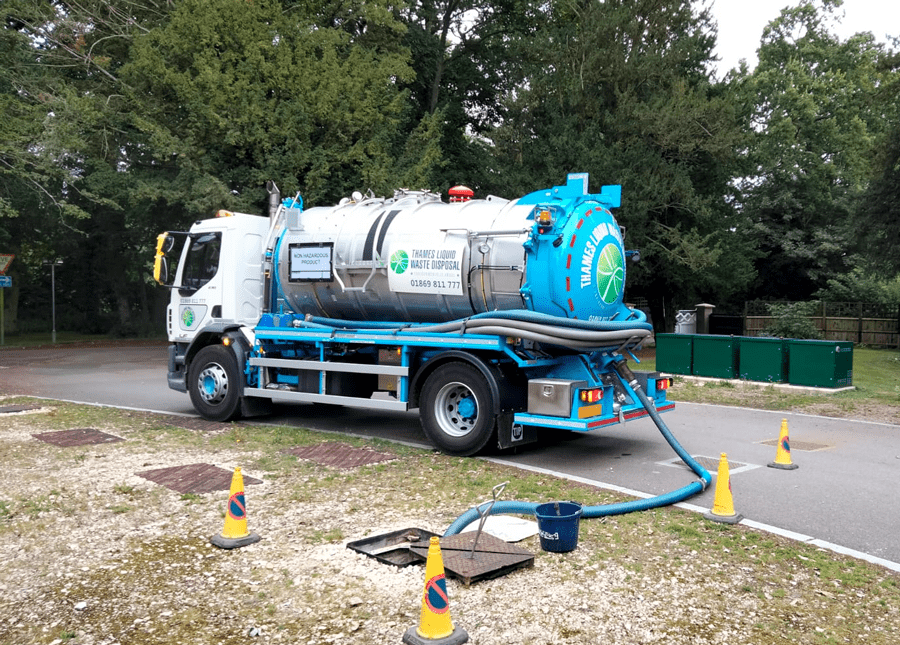The Basic Principles Of Reclaim Waste
The Basic Principles Of Reclaim Waste
Blog Article
See This Report about Reclaim Waste
Table of ContentsExcitement About Reclaim WasteThe Single Strategy To Use For Reclaim WasteReclaim Waste for BeginnersA Biased View of Reclaim WasteA Biased View of Reclaim Waste
Residential sewer waste refers to the waste and products from a household septic container. The correct administration and disposal of domestic sewage waste require fluid waste to be transferred to a sewage therapy plant where the proper methods and tools are used to purify and dispose of waste.
Business waste commonly includes potential hazards, such as flammable products or a mix of liquid and strong waste products, and calls for an advanced and in-depth disposal process. The disposal of commercial waste typically includes the filtration of waste before transport to make sure risk-free and appropriate disposal. Industrial waste is created from by-products and drainage of industrial procedures and manufacturing.
This type of waste can not use the same sewage management transportation or processes as septic or commercial fluids. The commercial waste management procedure requires the inspection and screening of fluid waste prior to it undertakes the disposal process (liquid waste disposal). Overflow waste is the liquid waste that comes from runoff and excess stormwater in extremely inhabited areas or cities
Runoff waste can cause contamination and flooding if not handled appropriately. Guaranteeing appropriate waste management can protect against calamities and reduce environmental harm.
An Unbiased View of Reclaim Waste
Call PROS Solutions today to learn more about our waste monitoring and disposal services and the correct methods to look after the liquid waste you generate.
(https://reclaimwaste1.edublogs.org/2024/11/12/efficient-liquid-waste-removal-and-disposal-your-complete-guide-to-sustainable-waste-management/)Do you understand what happens to your water when you draw the plug, flush the commode or drain the washing equipment? No? Well, it's worth recognizing. This so-called 'wastewater' is not only an essential source but, after therapy, will be released to our land, rivers or the ocean. Used water from bathrooms, showers, baths, kitchen area sinks, washings and industrial procedures is recognized as wastewater.

water made use of to cool machinery or tidy plant and equipment). Stormwater, a type of wastewater, is runoff that streams from farming and urban locations such as roofing systems, parks, yards, roads, courses and gutters into stormwater drains pipes, after rain. Stormwater flows untreated directly to regional creeks or rivers, at some point reaching the ocean.
Little Known Facts About Reclaim Waste.
In Queensland, many wastewater is treated at sewage therapy plants. Wastewater is carried from residential or industrial websites through a system of sewage systems and pump terminals, known as sewage reticulation, to a sewage therapy plant.
The Department of Natural Resources encourages city governments concerning handling, operating and keeping sewage systems and therapy plants. In unsewered locations, city governments may require homeowners to set up specific or house sewer treatment systems to deal with domestic wastewater from toilets, kitchen areas, restrooms and washings. The Division of Natural Resources authorizes using house systems when they are shown to be efficient.
Many stormwater obtains no therapy. In some new subdivisions, therapy of some stormwater to eliminate litter, sand and crushed rock has started utilizing gross contaminant catches. Wastewater therapy happens in four phases: Removes strong matter. Larger solids, such as plastics and other items wrongly discharged to drains, are gotten rid of when wastewater is gone through displays.
Wastewater after that streams right into large containers where solids settle and are eliminated as sludge. Oil and scum are skimmed from the surface area. Makes use of small living organisms called micro-organisms to break down and check my blog remove staying liquified wastes and fine bits. Micro-organisms and wastes are included in the sludge. Removes nitrogen and phosphorus nutrients that might trigger algal blossoms in our waterways and endanger marine life.
The smart Trick of Reclaim Waste That Nobody is Talking About
Nutrient removal is not readily available at all sewer therapy plants since it needs costly specialist equipment. Clear fluid effluent generated after therapy may still include disease-causing micro-organisms - liquid waste disposal melbourne.

This usually means wastewater needs to be dealt with or pollutants eliminated before it can be discharged to rivers. A lot of wastewater streams into the sewerage system. Under the Act, city governments administer approvals and permits for eco relevant activities (ERAs) including wastewater releases that might have a local influence. The division provides authorizations and licences to Periods entailing wastewater releases that could have a local or statewide impact.
The Best Guide To Reclaim Waste
Surveillance offers accurate info regarding water high quality and can validate that permit problems are being fulfilled. The details gotten through monitoring offers the basis for making water high quality choices.
Report this page